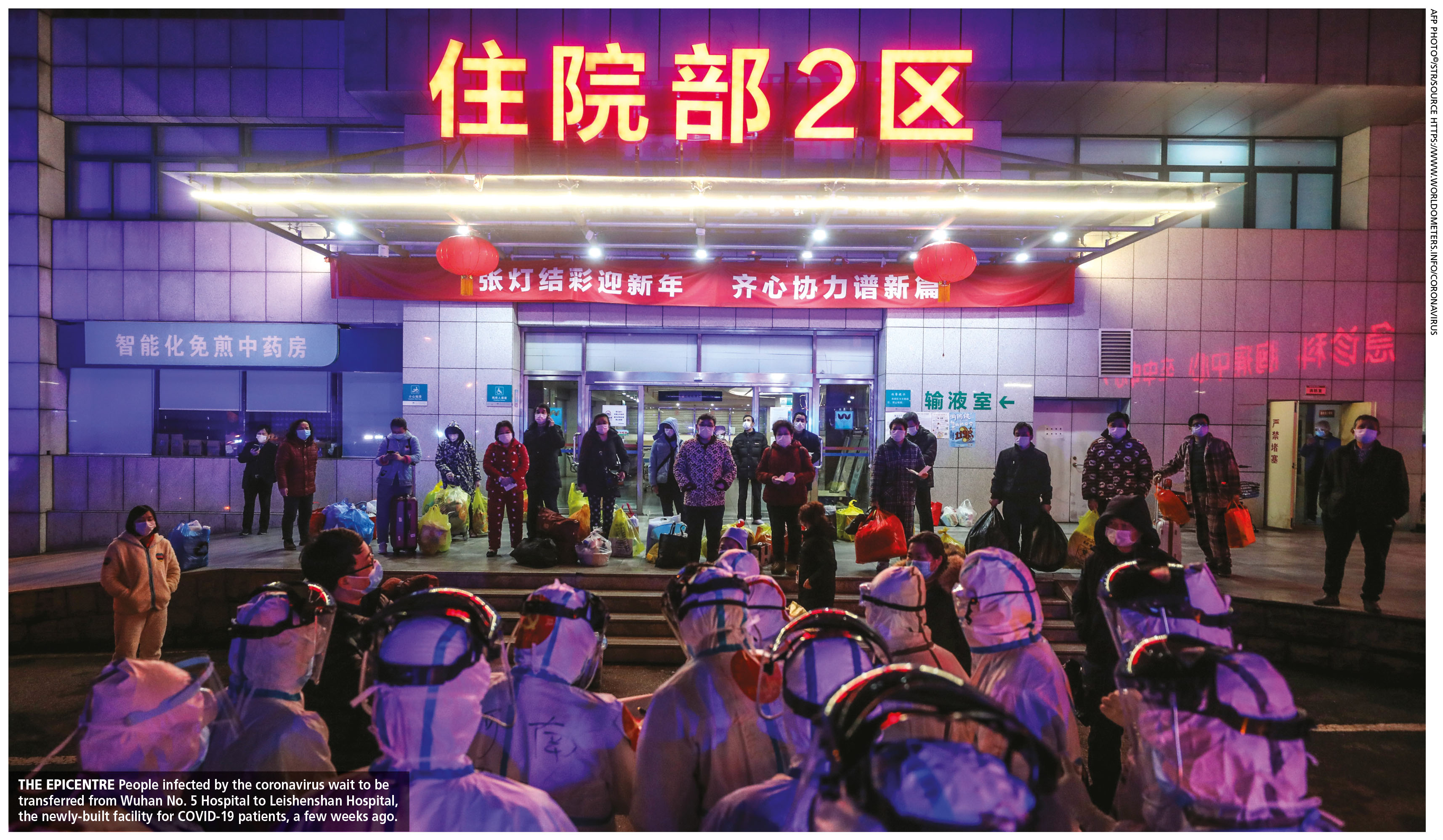THE CORONAVIRUS
 PANIC IN THE MIDST OF A PANDEMIC
PANIC IN THE MIDST OF A PANDEMIC
Zulfath Saheed counts the economic cost of the snowballing coronavirus outbreak
Paracetamol – a drug that many take for granted as being readily available – counts India as its largest global supplier. And in March amid the coronavirus (COVID-19) outbreak, which originated in China but has since spread to many parts of the world, it was reported that India would restrict the export of some 26 pharmaceutical ingredients and medications including the widely used pain reliever.
Indian drug makers are said to depend on China for nearly 70 percent of the active pharmaceutical ingredients (APIs) in their medicines. As a result, industry experts have pointed to the likelihood of shortages if the coronavirus epidemic persists.
In response to international concern following the measures to curb drug exports, the Indian government has called for calm and offered assurances of stocks being adequate to produce formulations for a period of up to three months. This also brought to light the degree to which COVID-19 is impacting supply chains both in the region and beyond.
LOGISTICAL IMPACT While it is difficult to foretell the eventual consequences of the coronavirus, businesses may have to contend with serious disruptions to their supply chains – including in materials, labour, sourcing and logistics – as well as consumers.
According to research and advisory firm Gartner, this could be in terms of supply shortages of materials or finished goods coming from or routed through logistical hubs in affected regions; white and blue-collar labour not being available due to quarantine guidelines or illness; and travel being restricted to certain places, limiting the ability to discover, qualify and certify new business or programmes, and transact business.
It posits that established hubs and supply networks may experience limitations in capacity and availability so that even if materials are available, they would be held up elsewhere, while finding alternative routes and means of transportation will become difficult. What’s more, consumers may be more cautious in their purchasing habits due to fears about mingling in public and the potential exposure to the virus – many may turn to online sales, challenging logistics networks.
APPAREL CONUNDRUM Indeed, pharmaceuticals isn’t the only industry to feel the burn from the novel coronavirus in 2020. Southeast Asia’s apparel supply chain has also fallen victim with international garment brands fearing a threat to their inventories.
As Nikkei Asian Review reports, “Southeast Asian suppliers, not only in Vietnam but also Cambodia and Myanmar, have become increasingly important to global fashion brands … These garment makers however, still depend on Asia’s biggest economy for raw materials – 60 percent of the materials used for Vietnam’s sewn products for example, come from China. And transport and supply chain disruptions in that country are spilling over into Southeast Asia.”
Factory shutdowns could be on the cards for regional suppliers even as production plants in China operate at a reduced capacity in the face of staff shortages. Orders from Europe have also been slashed as key markets in the region have been affected by COVID-19.
Chairman of the Sri Lanka Apparel Exporters Association Rehan Lakhani told reporters recently that “Sri Lanka’s losses in export revenue would be in the region of between US$ 200,000 and 500,000 up to about May 2020.”
TOURISM FALLOUT Potential travellers the world over appear to be putting their plans on hold on account of the coronavirus threat. Although there has been only one confirmed case of the disease in Sri Lanka at the time of going to press, the island’s tourism industry is bearing the brunt of the COVID-19 fallout.
Meanwhile, the Central Bank of Sri Lanka’s (CBSL) monetary policy review states: “The widespread impact on China, the world’s second largest economy, will have spillover effects on the global economy through weakening trade, tourism and investment flows.”
It notes that despite a quicker than expected recovery following the Easter Sunday attacks last year, “the slowdown in global tourist movements will affect Sri Lanka’s tourism industry in addition to the direct impact of lower arrivals from China.”
Visitor arrivals to Sri Lanka were down 12 percent year on year for the first two months of 2019 alongside a 55 percent decline in inbound tourists from China during this period.
DEVELOPMENT AID In a bid to assist nations coping with the health and economic effects of the global outbreak, the World Bank recently announced up to US$ 12 billion in immediate support for countries to take effective action to respond to and where possible lessen the impact posed by COVID-19.
The fast track financial package aims to help developing countries strengthen their health systems and work with the private sector to minimise the impact on economies.
At a more micro level, organisations are advised to prepare supply chains for disruption by utilising enhanced risk management processes, and employing a mix of short, medium and long-term actions to mitigate the risks associated with the spread of the virus.






Leave a comment